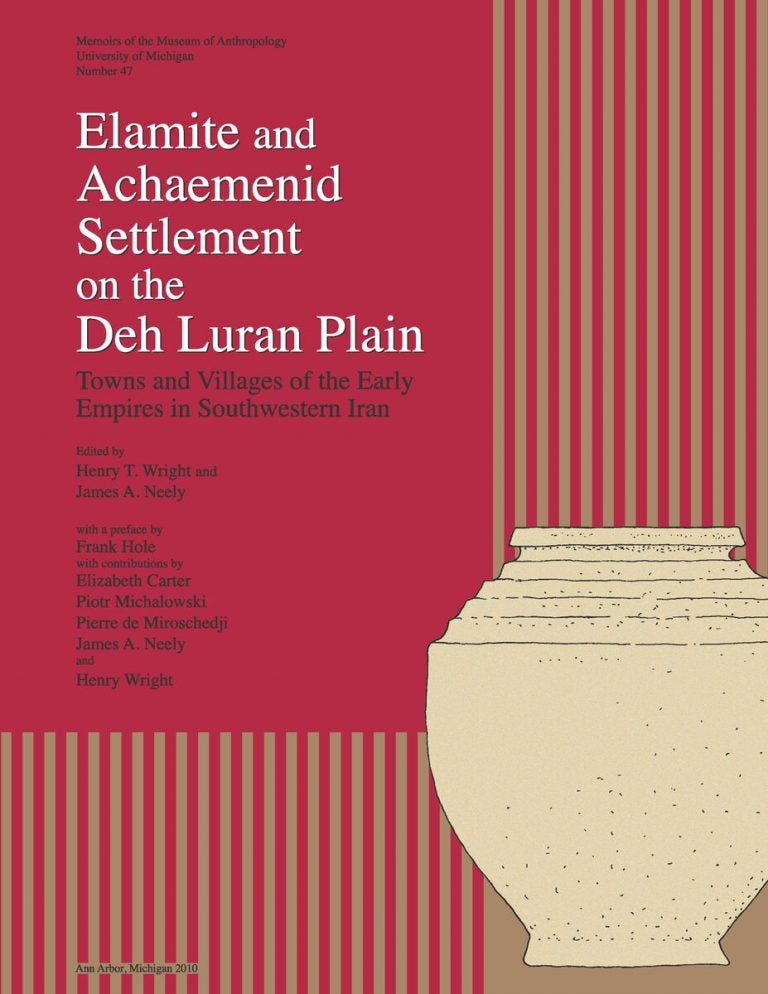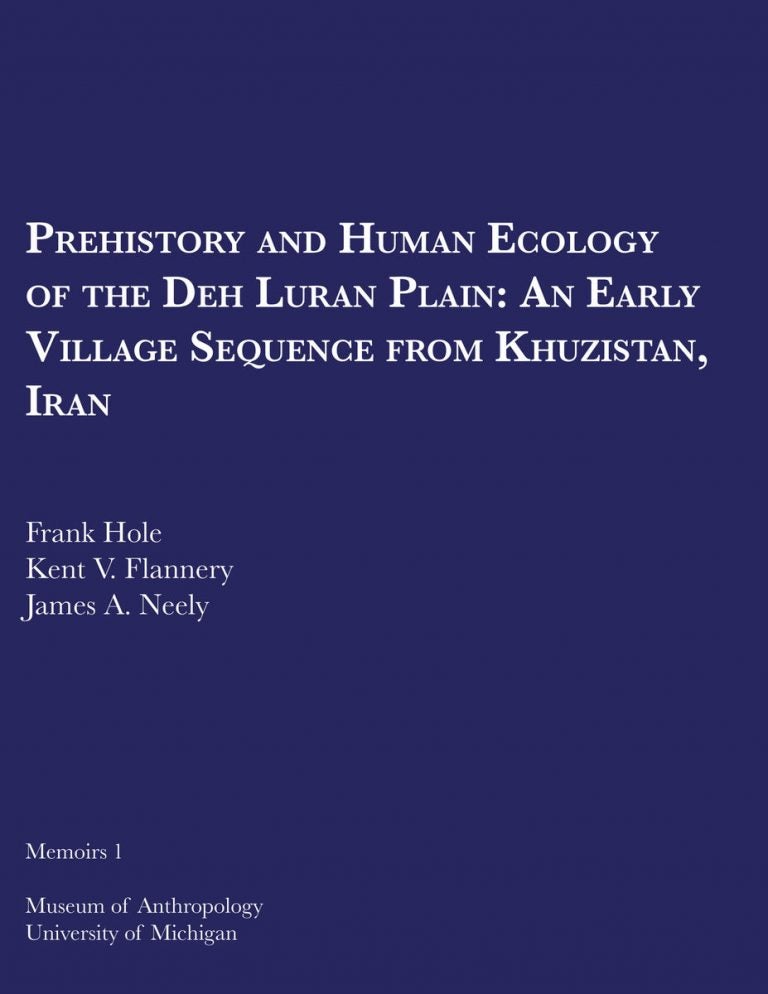Henry T. Wright, James A. Neely
M 47
The Deh Luran Plain, nestled in the foothills of the Zagros Mountains close to the modern border between Iraq and Iran, had a long and rich prehistory, beginning with the local development of villages dependent upon rainfall farming and herding in the 8th millennium BC. This volume continues the account of the plain from the later 3rd millennium BC to the middle of the 1st millennium BC. It contains detailed site maps and descriptions, aerial and satellite images of major sites, statistics and drawings of ceramics, and discussions of the historical sources.



